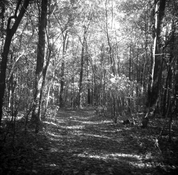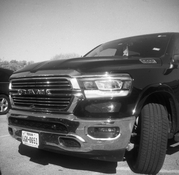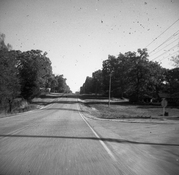Very interesting, thanks everyone for sharing experiences and especially fine quality images. The Lake Images certainly has changed my thoughts from 'meh, I'll try this film when I get a chance' to 'hmm I wonder how that mid-tone scale would look in my area/methods/chems".
I think you really nailed it. I believe that, in the original thread, the discussion quickly split into camps, unfortunately. I think the manufacturer's guarded and sarcastic responses might have contributed to the split. There was a group of posters who insisted on following the manufacturer's recommendations, and refused to accept the fact that the film's speed and development time might be anything other than what's printed on the box, often before even shooting and processing a single roll. But, like virtually every other black and white film out there, it takes time and effort to figure it out. One needs to keep an open mind, test the material, and come up with their own preferred method of working with it. Film performance is a continuum of varying characteristics, not a binary. I think, with these recent photographs posted here, we are seeing that the Catlabs film benefits from exposing at least a stop below box speed and cutting development by at least 20-30 percent. That entire series by
@Dwight Anderson (and others) shows increased shadow detail, a wide and smooth tonality, and nicely controlled highlights, in addition to their great artistic merit. Of course, the punchy, contrasty look, with deep blacks and bright highlights is also very interesting. In the end, it's not about who's right but, rather, it's all about finding what works best for one's needs.










